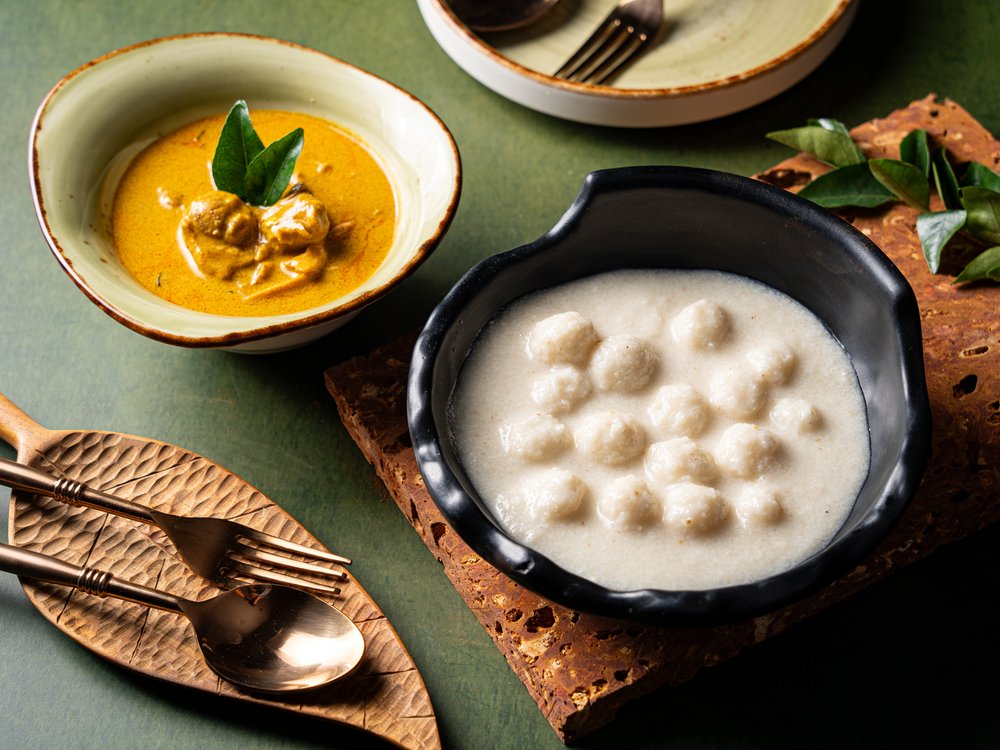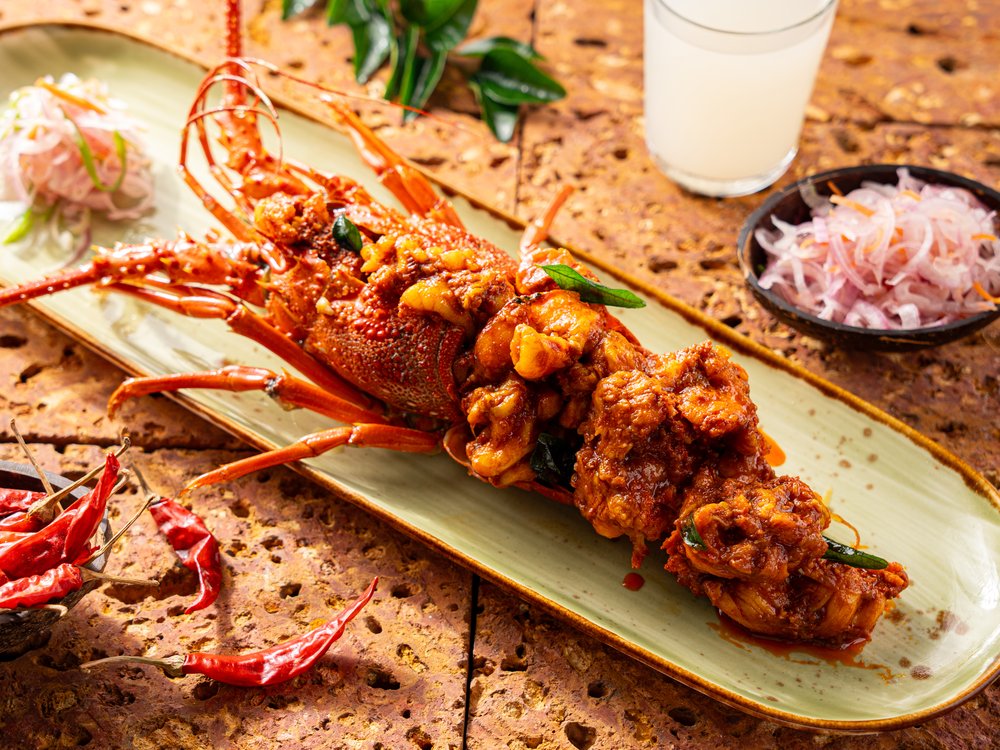Beyond the dosa: South India’s new moment in NYC restaurants
June 6, 2025, 6:31 a.m.
“The market for Indian food in New York is now deeper and broader than it ever has been before,” said journalist Bobby Ghosh.

For years, New Yorkers who wanted certain flavors from southern India would venture to steam-table restaurants in New Jersey or eastern Queens to find classic items like beef ularthiyathu or fish moilee — dishes found in millions of households around the world but not widespread on New York restaurant menus.
Now, a spate of recent Manhattan openings like Chatti, Kanyakumari and before them Semma, which the New York Times named New York’s best restaurant this week, are having a moment in the city’s dining spotlight.
Their rise marks a turning point for South Asian food in New York, which has been dominated for decades by Mughlai cuisine: the westernized “butter chicken and saag paneer” restaurants in which waves of immigrant entrepreneurs found success serving Americans nationwide.

Now, New Yorkers are being introduced to hyper-specific food from some of India’s southern states like Kerala, Tamil Nadu and Andhra Pradesh, with dishes like appam, (similar to a Sri Lankan hopper) or bright-red meen curry with tapioca, reflecting real regional traditions rather than a generalized “Indian” flavor profile.
Behind the shift is a mix of entrepreneurial risk-taking, expanding palates, and a generation of restaurateurs eager to tell more personal stories through food.
‘We had no idea anyone would show up’
“The combination of authenticity and regional specialization tells you that the market for Indian food in New York is now deeper and broader than it ever has been before,” said Bobby Ghosh, a journalist who has written extensively about Indian restaurants for Bloomberg.

To the extent that New Yorkers are familiar with South Indian fare, it’s via “dosa and idli” mainstays like the global chain Saravanaa Bhavan, said Krishnendu Ray, director of the Food Studies doctoral program at NYU Steinhardt.
The new popularity of expansively regional Indian restaurants is akin to what happened with Italian food in the 1990s, when restaurant owners grew beyond the typical southern Italian “red sauce” joints, Ray said.
Roni Mazumdar, cofounder of Unapologetic Foods, the group behind hits including Masalawala & Sons, Semma, Dhamaka and Adda, said his team was gambling that New Yorkers were ready for more adventurous Indian restaurants.
“We had no idea anyone would show up,” Mazumdar said of opening Adda in its original Long Island City location in 2018. Then, Grubstreet said it could be “the most exciting new Indian restaurant in New York,” and lines formed overnight, he said.
But success in Manhattan remained elusive until 2021, when the group opened Dhamaka in the new Essex Street Market, Mazumdar said. The economics of running a South Asian food group in NYC are very different from more familiar European cuisines, he said, with labor-intensive, time-consuming dishes, and lower revenue from high-margin items like wine and dessert.
“There’s far more labor that goes into an Indian cuisine than sometimes in an Italian bowl of pasta,” he said.
Lower rents enabled by the Essex Market, one of the city’s six public markets, helped make their downtown foothold possible, he said. And the group’s many successes have only now begun to translate into the real estate bargaining power long enjoyed by NYC’s other fine dining cuisines, Mazumdar said.

Dhamaka’s roaring reception in 2021 helped set the stage for Semma, which opened later that year with chef Vijay Kumar at the helm and a sharply focused menu inspired by his upbringing in rural Tamil Nadu, in southeast India.
Kumar cooks dishes his grandmother made: peppery short rib sukka, fermented mung bean salad and moilee-slicked lobster tail.
“It’s a restaurant that broke ground in dining not just in New York but the rest of the country, really championing this hyper-regional, hyper-personal version of Indian cuisine that I hadn’t seen a lot in Indian restaurants,” said Priya Krishna, interim restaurant critic at the New York Times. “It opened the door for a lot of other restaurants to take a similar approach.”
At Chatti, which opened in Midtown in February, chef Regi Mathew’s menu is inspired by Kerala’s toddy shops — which serve a sort of South Indian izakaya with fiery local dishes and homemade booze, or “toddy.”
Flatiron’s Kanyakumari, which opened last year, broadens its regional scope with a menu literally organized as a journey down the subcontinent — from Mumbai to the eatery's namesake, which is India's southernmost city.
Even as regional Indian food gains momentum, there are vast culinary landscapes yet to be represented.
“All my friends in Delhi are eating Naga or Mizo food,” Ray said, referring to food from the northeastern Indian states of Nagaland and Mizoram, which feature a very different flavor profile of soy, fermented bamboo shoot, and dried meats and fish. “I’m waiting for that to show up here.”
“There are 22,000 dialects in South Asia and 125 languages — and wherever there’s a language, there’s a cuisine,” Ray said. “The American palate for Indian regionalism has come quite late.”
After 41 years in Tribeca, NYC’s iconic neon studio is relocating to Sunset Park How the West Village's Henrietta Hudson thrives as other lesbian bars shutter